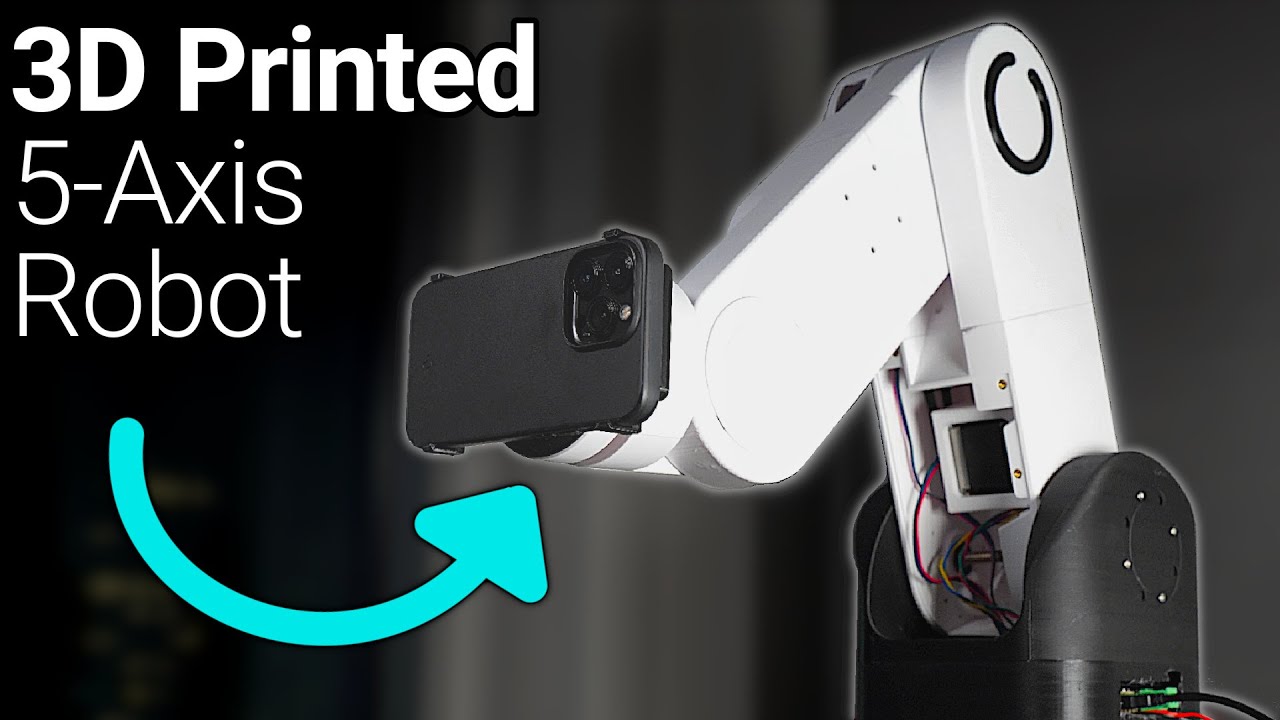In recent years, the world of photography has witnessed a significant transformation with the emergence of robot cameras. These innovative devices have not only changed the way we capture images but have also opened up new possibilities for various industries, including film, surveillance, and even healthcare. In this article, we will delve into the world of robot cameras, exploring their features, applications, and the impact they are having on our lives.

What are Robot Cameras?
Robot cameras, also known as robotic cameras or camera robots, are devices that combine a camera with a robotic system, allowing for autonomous movement and control. These cameras are equipped with advanced sensors, motors, and artificial intelligence (AI) algorithms that enable them to navigate and capture images or videos with precision and accuracy. Robot cameras can be used in a variety of settings, from film and photography to surveillance and inspection.
Features of Robot Cameras
Robot cameras boast an array of impressive features that make them an attractive option for various applications. Some of the key features include:
- Autonomous Movement: Robot cameras can move independently, allowing for smooth and seamless capture of images or videos.
- Advanced Sensors: Equipped with high-resolution sensors, robot cameras can detect and respond to their environment, adjusting their movement and camera settings accordingly.
- Artificial Intelligence: AI algorithms enable robot cameras to learn and adapt to new situations, improving their performance and accuracy over time.
- High-Resolution Imaging: Robot cameras can capture high-quality images and videos, making them ideal for film, photography, and surveillance applications.
- Real-Time Feedback: Many robot cameras provide real-time feedback, allowing users to adjust settings and monitor their performance in real-time.
Applications of Robot Cameras
The applications of robot cameras are diverse and continue to expand as the technology advances. Some of the key areas where robot cameras are making an impact include:
- Film and Photography: Robot cameras are being used in the film and photography industries to capture unique and dynamic footage, such as aerial shots and time-lapses.
- Surveillance: Robot cameras are being used for surveillance purposes, such as monitoring public spaces, tracking suspects, and detecting anomalies.
- Inspection and Maintenance: Robot cameras are being used to inspect and maintain infrastructure, such as bridges, pipelines, and buildings.
- Healthcare: Robot cameras are being used in healthcare to monitor patients, track medical equipment, and assist in surgical procedures.
- Research and Development: Robot cameras are being used in research and development to study and analyze various phenomena, such as animal behavior and environmental changes.
Benefits of Robot Cameras
The benefits of robot cameras are numerous and significant. Some of the key advantages include:
- Increased Efficiency: Robot cameras can automate tasks, reducing the need for human intervention and increasing productivity.
- Improved Accuracy: Robot cameras can capture images and videos with high accuracy, reducing the risk of human error.
- Enhanced Safety: Robot cameras can operate in hazardous environments, reducing the risk of injury to humans.
- Cost-Effective: Robot cameras can be more cost-effective than traditional camera systems, reducing the need for expensive equipment and personnel.
- Flexibility: Robot cameras can be easily integrated into existing systems, making them a versatile solution for various applications.
Challenges and Limitations
While robot cameras have the potential to revolutionize various industries, there are also challenges and limitations to consider. Some of the key challenges include:
- Technical Complexity: Robot cameras require advanced technical expertise, making them difficult to operate and maintain.
- Safety Concerns: Robot cameras can pose safety risks, such as collisions or accidents, if not properly designed and operated.
- Regulatory Framework: The regulatory framework for robot cameras is still evolving, creating uncertainty and challenges for developers and users.
- Public Acceptance: The use of robot cameras can raise concerns about privacy and surveillance, requiring careful consideration and planning.
FAQ
- What is the difference between a robot camera and a traditional camera?
A robot camera is a device that combines a camera with a robotic system, allowing for autonomous movement and control. Traditional cameras, on the other hand, are static devices that require human operation. - What are the main applications of robot cameras?
The main applications of robot cameras include film and photography, surveillance, inspection and maintenance, healthcare, and research and development. - Are robot cameras more expensive than traditional cameras?
Robot cameras can be more expensive than traditional cameras, depending on the level of complexity and features. However, they can also be more cost-effective in the long run, reducing the need for human labor and equipment. - Can robot cameras be used in harsh environments?
Yes, robot cameras can be designed to operate in harsh environments, such as extreme temperatures, humidity, and radiation. - Do robot cameras require advanced technical expertise?
Yes, robot cameras require advanced technical expertise to operate and maintain. However, many manufacturers provide training and support to help users get started.
Conclusion
Robot cameras are revolutionizing the world of photography and beyond, offering a range of benefits and applications that are transforming various industries. While there are challenges and limitations to consider, the potential of robot cameras is vast and exciting. As the technology continues to advance, we can expect to see even more innovative applications and uses for robot cameras. Whether you are a professional photographer, a surveillance expert, or simply a tech enthusiast, robot cameras are definitely worth exploring. With their autonomous movement, advanced sensors, and AI algorithms, robot cameras are poised to change the way we capture and interact with the world around us.
Closure
Thus, we hope this article has provided valuable insights into The Rise of Robot Cameras: Revolutionizing Photography and Beyond. We thank you for taking the time to read this article. See you in our next article!
